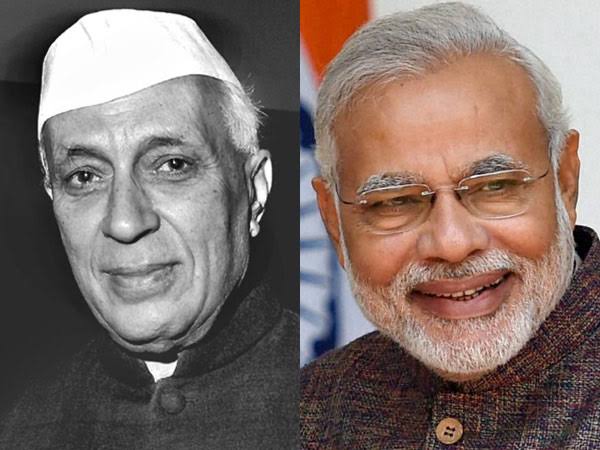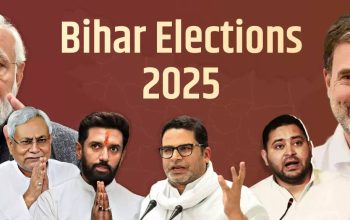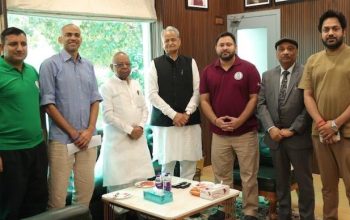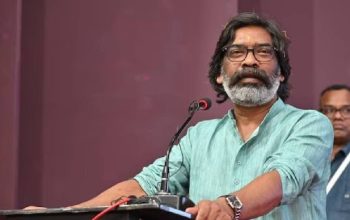By Neetha Bopaiah | New Delhi Chronicle
In the heart of every Indian who dreams of a strong, self-reliant, and proud Bharat, one name echoes with unwavering faith—Narendra Modi. As he marches steadily through his third term as Prime Minister, a historic milestone looms on the horizon: the possibility of surpassing not just Pandit Jawaharlal Nehru, but also Indira Gandhi, in becoming the longest-serving Prime Minister in India’s history.
Jawaharlal Nehru, India’s first Prime Minister, held office for 16 years and 286 days—from August 15, 1947 to May 27, 1964. His tenure laid the foundation of India’s democratic framework and international identity. Indira Gandhi, his daughter and the nation’s first woman Prime Minister, served two terms totaling 15 years and 350 days—from 1966 to 1977 and again from 1980 until her assassination in 1984.
As of July 2025, Narendra Modi has completed 11 years and over 2 months in office. He has already overtaken Atal Bihari Vajpayee—the BJP’s first Prime Minister—for total time served. By early 2026, Modi will cross Indira Gandhi’s mark, becoming the second-longest-serving PM in India’s history. And if he completes his third consecutive term, he will break Nehru’s unmatched record by mid-2029.
That would not just be a political feat—it would be a defining moment in Indian democracy. For the first time, a leader from a non-Congress background will become the longest-serving Prime Minister, not through dynasty, but through democracy.
Modi is more than a political leader. He is a movement—an idea whose time came when India was at a crossroads, yearning for clarity, purpose, and pride. Since taking oath in 2014, he has transformed the nation’s psyche, placing Bharat Mata first in every global conversation and in every rural home.
From launching the Swachh Bharat Abhiyan, which gave dignity to millions, to the revolutionary Digital India initiative, which connected the remotest villages to the digital highway, Modi has reimagined governance for the 21st century. Under his leadership, India now boasts the world’s third-largest startup ecosystem, the fastest-growing major economy, and one of the most robust infrastructures in the Global South.
But it isn’t just statistics that define his journey—it’s the trust of the people. In every election, from Varanasi to Vadodara, from Kashmir to Kanyakumari, voters have repeatedly handed him not just a mandate, but a mission. They see in him the rarest of qualities: a leader who listens, learns, and leads with compassion and courage.
In his 10+ years so far, Modi has not only carried forward the torch of democracy, but ignited new flames of hope. Article 370, once thought impossible to abrogate, was consigned to history. The Ram Mandir in Ayodhya, a symbol of centuries of struggle, finally saw the light of justice. India’s global stature rose as we hosted the G20 Summit, sent the Chandrayaan-3 to the Moon, and became the pharmacy to the world during the pandemic.
While the BJP has had other stalwarts—Atal Bihari Vajpayee, L.K. Advani, and others—it is Narendra Modi who commands an emotional connect with the people that transcends politics. He speaks their language, feels their pain, and embodies their aspirations. In Modi, the chaiwala, the farmer, the entrepreneur, and the soldier all see themselves.
If Modi continues in office until May 2029, he will not only equal but exceed both Indira Gandhi’s and Nehru’s historic tenures. That moment would be more than a record—it would be a symbol of a new India’s maturity, resilience, and confidence.
In the pages of history, some names are written in ink. Others, like Nehru, Indira, and Modi, are etched in spirit.
And as time moves forward, it may well be said: Nehru built a nation, Indira shaped its resolve—but Modi awakened its soul.
For New Delhi Chronicle
By Neetha Bopaiah




